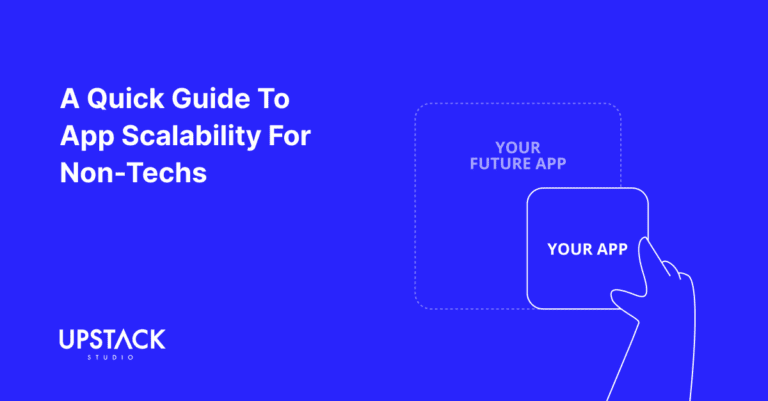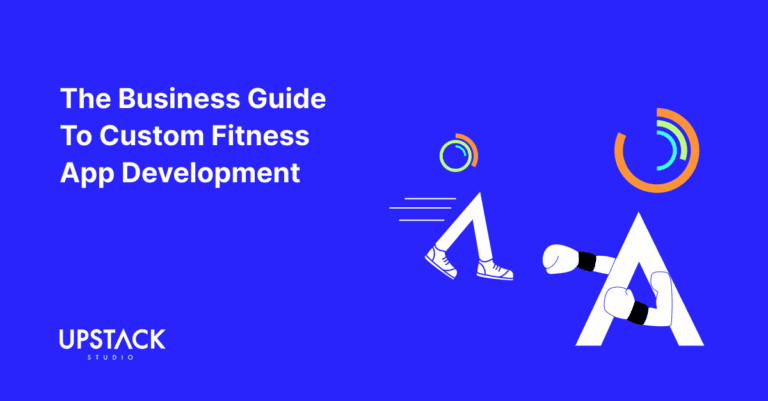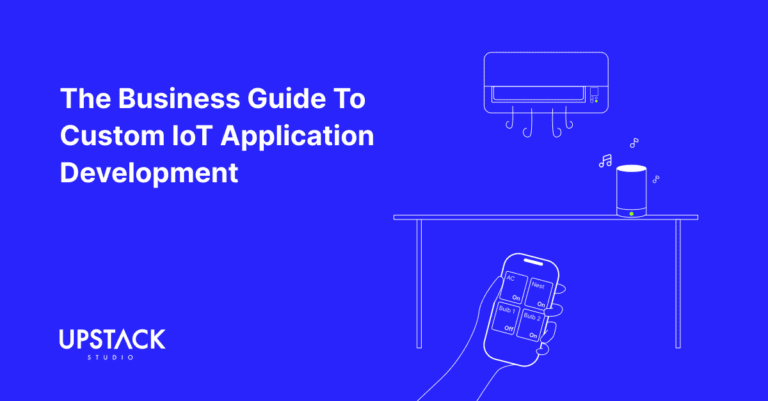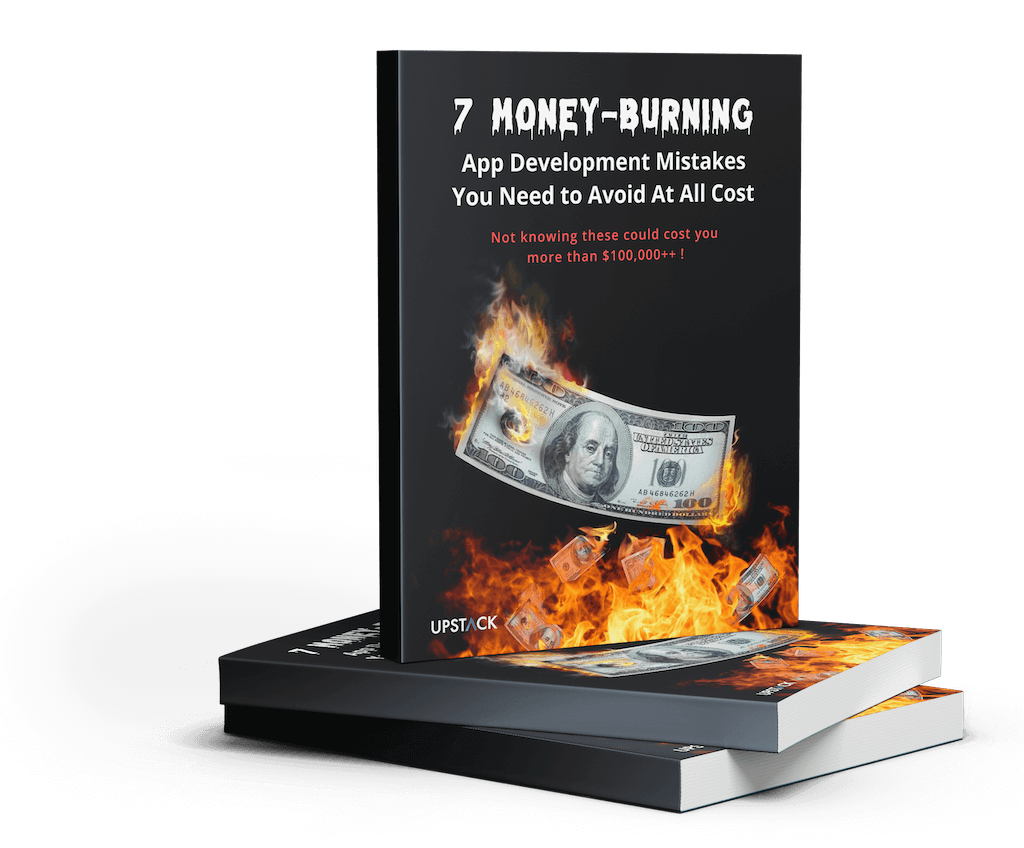Defining Mobile Marketplace Apps

Let’s clarify how we define ‘mobile marketplace app’ before we explain custom development.
For us, a mobile marketplace app is any platform that allows multiple third-party sellers to directly list, manage, and sell products and services to buyers through a mobile-first interface, such as Chrono24 for watches.

It is NOT a single-vendor app where one company sells its own products or services, such as The 1916 Company’s app where they exclusively sell their own merchandise.
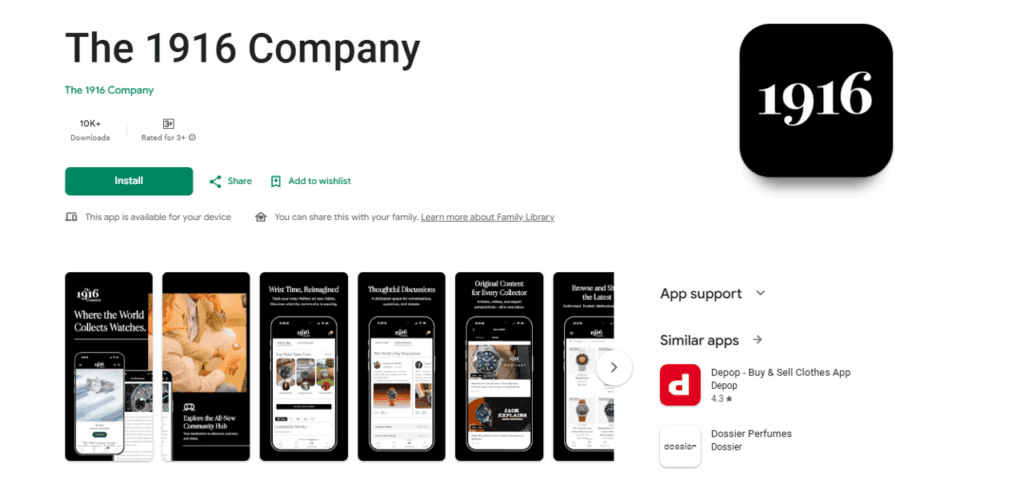
In fact, as marketplaces should support as many third-party sellers as the market can sustain, total market size greatly influences its app architecture from day one.
If you are exploring custom mobile marketplace app development, our guide outlines key considerations and what engaging Upstack Studio as your developer looks like!
Development Cost Overview
As you’ll see below, your final estimate will vary depending on the type of marketplace app and its specific requirements.
However, here are some conservative ballpark figures:
| Item | Details |
| Total Development | USD130,000 |
| MVP Development | USD45,000 |
| Total Development Time | 12–14 months |
| Time to MVP | 16–20 weeks |
| Maintenance Cost | USD3,000 / month (excluding 3rd-party tools) |
This assumes three very important things:
- A single cross-platform codebase
- An interface that focuses on both buyers and sellers from the start
- No major scope creep or drastic feature changes mid-project
We’ll address these in detail after covering the main development steps, but first, let’s take you through key considerations.
1st Consideration: Target Buyer & Seller

User personas are fictional profiles of your target audience that help tailor the app experience based on factors such as:
- Demographics
- Goals
- Pain points
- Preferences
- Tech-savviness
In a mobile marketplace, you always have two key personas: Buyers and sellers, as the experience of each depends on the other, neither can be neglected.
Even if the initial feature set for each is kept simple, both must be considered from the start.
You can use our editable persona template to define both user types clearly.
Main Buyer Persona
| Attribute | Description |
|---|---|
| Profile Overview | |
| Name | |
| Age Range | |
| Occupation / Income Level | |
| Behavioral Insights | |
| Shopping Goals | |
| Frustrations | |
| Digital Familiarity | |
| Experience Preferences | |
| Preferred Features | |
| Buying Triggers | |
| Motivation to Return | |
Main Seller Persona
| Attribute | Description |
|---|---|
| Profile Overview | |
| Name | |
| Business Type | |
| Monthly Sales Volume | |
| Behavioral Insights | |
| Goals | |
| Frustrations | |
| Digital Familiarity | |
| Experience Preferences | |
| Preferred Features | |
| Motivation to Stay | |
| Scaling Aspirations | |
With sufficiently well-defined personas, we can go beyond building a minimum viable product and instead aim for what is known as a Minimum Lovable Product (MLP), which not only works, but also delights both buyers and sellers.
2nd Consideration: Marketplace Type
Mobile marketplaces can be grouped into three main categories:
- Product Marketplaces (e.g., Shopee, Etsy)
- Service Marketplaces (e.g., Grab, Upwork)
- Rental or Subscription Marketplaces (e.g., Airbnb, ClassPass)
Each type has its own core features and integrations, and below, we’ve outlined common requirements for each category, along with editable sections where you can note custom needs.
Product Marketplaces
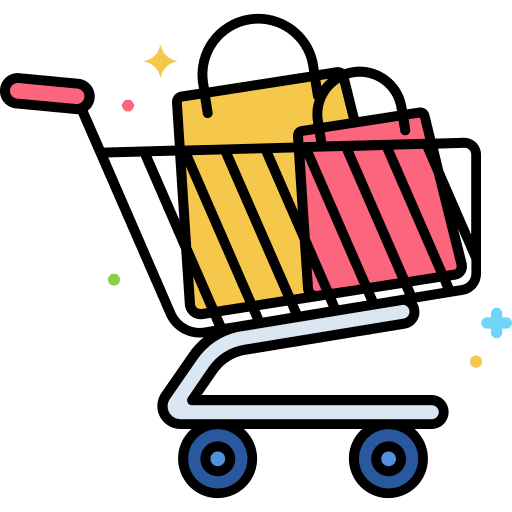
This category enables buyers to browse and purchase goods from multiple vendors, often featuring inventory management and delivery tracking.
| Feature | Ready-Made Options | Custom Needs (editable) |
|---|---|---|
| Core features | ||
| User authentication & profiles | Email/phone login, roles for buyers and sellers | |
| Product listings & catalog | Upload, categorize, and manage SKUs | |
| Shopping cart & checkout | Multi-vendor carts, order summaries | |
| Payment gateway | Stripe, PayPal, regional e-wallets | |
| Order management | Seller dashboards for fulfillment | |
| Notifications | Push/SMS/email alerts for order updates | |
| Enhanced features | ||
| Product recommendations | Rule-based or AI-driven suggestions | |
| Seller performance metrics | Ratings, reviews, sales dashboards | |
| Inventory sync | Integrations with POS or ERP systems | |
| Multi-language support | Standard localization packages | |
| In-app chat | Buyer-seller encrypted messaging APIs | |
| Analytics dashboard | Pre-built reporting templates | |
| Integrations | ||
| Shipping providers | EasyParcel, Ninja Van, DHL APIs | |
| Cloud storage | AWS, Google Cloud, Azure | |
| CRM & marketing tools | HubSpot, Mailchimp, Salesforce | |
| Payment systems | Stripe, PayPal, regional wallets | |
| ERP / Inventory management | Odoo, Zoho Inventory | |
Service Marketplaces

These platforms match service providers with clients, often using scheduling and bidding tools.
| Feature | Ready-Made Options | Custom Needs (editable) |
|---|---|---|
| Core features | ||
| Service provider onboarding | Basic registration forms | |
| Profile & portfolio creation | Photo, description, category | |
| Service listing & search | By location, rating, or price | |
| Booking system | Instant or request-based | |
| In-app chat | One-to-one messaging | |
| Payment & escrow | Stripe/PayPal split payments | |
| Enhanced features | ||
| Dynamic scheduling | Sync with Google Calendar | |
| Ratings & reviews | Star ratings + feedback | |
| Dispute management | Admin-mediated system | |
| Provider performance dashboard | Job success & repeat client stats | |
| Push notifications | Booking updates & reminders | |
| Integrations | ||
| Location & map | Google Maps API | |
| Payment gateways | Stripe, PayPal, local FPX | |
| CRM or ticketing tools | HubSpot / Zendesk | |
| Analytics | Firebase / Google Analytics | |
Rental & Subscription Marketplaces
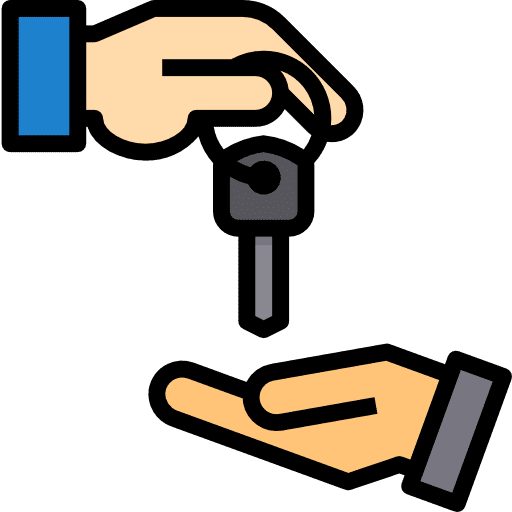
These platforms manage availability and recurring payments for shared assets (e.g., accommodations, equipment, memberships).
| Feature | Ready-Made Options | Custom Needs (editable) |
|---|---|---|
| Core features | ||
| Item listing management | Upload photos, description, pricing, and availability | |
| Search & filters | By type, date, location, or price | |
| Calendar booking system | Basic availability calendar | |
| Payment & deposit system | Stripe/PayPal with refundable deposits | |
| In-app messaging | Secure chat between renters and owners | |
| Multi-user dashboard | For renters and owners | |
| Enhanced features | ||
| Dynamic pricing | Adjusts rates based on demand or season | |
| Ratings & reviews | 2-way feedback for both parties | |
| Damage claim management | Admin moderation tools | |
| Insurance integration | API links to third-party providers | |
| Push notifications | Booking confirmations & return reminders | |
| Integrations | ||
| Map integration | Google Maps API for item locations | |
| Payment gateways | Stripe, PayPal, FPX, or GrabPay | |
| Identity verification | MyKad/Passport + selfie verification | |
| Analytics dashboard | Usage & revenue metrics | |
3rd Consideration: Mobile vs Web Marketplace
We understand those reading this are already leaning towards mobile marketplaces.
But it’s our jobs as developers to challenge it’s not based on assumption but objective fact!
The decision between mobile or web-based depends on user behavior, and we use a five-question framework:
- Will users be mostly on mobile devices when using your platform?
- Do you require native app features (camera, GPS, push notifications)?
- Will users interact frequently (daily or weekly)?
- Does your business rely on quick actions (e.g., bookings, bids, or live updates)?
- Does your budget comfortably support app store deployment and maintenance?
Try our decision tree to identify your optimal starting point.
🛒 Marketplace Platform Decision Tree
Answer five quick questions to find out whether to build a Mobile, Web, or Both solution.
If your marketplace thrives on real-time interactions a mobile app is typically the best call.
However, if your product involves high information density starting with a web-based MVP could be more cost-effective.
4th Consideration: Industry Compliance
Compliance requirements for mobile marketplace apps vary depending on the type of marketplace, the goods or services exchanged, and the regions you operate in. These requirements will affect:
- Data storage, access, and transfer
- App interface design
- Payment systems and integrations
- API structures
This is not something you want to discover after development!
Below is an overview of common laws and standards for mobile marketplaces, depending on your region or target audience (with links to guides on the subject):
| Regulation | Geographic location | You need this if you want to… |
|---|---|---|
| PCI DSS | Global | – Accept, store, or process credit card payments securely – Protect against payment data breaches |
| GDPR | European Union (and organizations handling EU citizen data) | – Serve or collect data from EU-based users – Ensure consent, transparency, and breach reporting under EU privacy law |
| CCPA / CPRA | California, USA | – Collect or process personal data from California residents – Enable user rights like data access, deletion, and opt-out of sale |
We know this table skews heavily US and European standards, so if you’re operating in a different region, we’d love to hear about your local compliance requirements 🙂
6 Stages of Telemedicine App Development
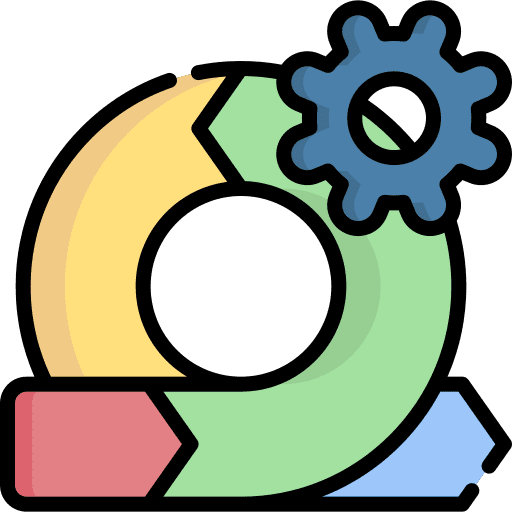
Building custom software means following the typical stages of app development, of which there are six (seven if you include the work done before approaching a developer).
Stage 0: Prepare Your Telemedicine App Brief
A brief is a preliminary document that gives developers an idea of your project, namely :
- Problem
- Solution
- High-level Requirements
- Budget Range
- Timeline
- Similar Applications
It gives us context and helps us form clarifying questions when we move to the next stage.
App Brief Template
Download this FREE editable template now to craft your perfect App Brief! Let us know where should we send it through the form below.
Secretly, developers also use it to filter out clients who aren’t serious!
Stage 1: Requirements Gathering
During this phase, we work with you to define the requirements for your app.
We’ll take you through our zero to launch, where we align on:
- Target Audience
- Problem Statements
- Value Proposition
- Primary Platform
Based on our discussions, we come up with a timeline for all features.
And most importantly, we shortlist essential ones to roll out an MVP within 12 – 16 weeks.
Stage 2: UI/UX Design
If your custom app compromises on either, employee adoption will always be a challenge.
You’ll hear “Why can’t it be more like [insert competitor’s app here]?” constantly.
Our UI/UX designer will ensure your app not only looks great (UI) but also delivers a seamless, enjoyable user experience (UX).
Stage 3: Back and Frontend Development
If you’re familiar with Agile methodology, we work in two-week Sprints.
During a Sprint, our backend developers build the back-end architecture while the frontend guys turn the designs by the UI/UX team into functional app interfaces.
At the end, we get your approval on progress and align on action items for the next Sprint.
If that sounds like gibberish, here’s a guide to Agile methodology for non-techs!
Stage 4: QA & Testing
The main purpose of this phase is for us to improve the stability of the app while minimising bugs that impact the user experience.
There’s no such thing as bug-free software, but we never let bugs compromise user experience.
Stage 5: Launching Your MVP
We deploy your Minimum Viable Product (MVP) to a live environment so team members, customers, and other testers can begin using the app.
As they use it, we’ll be on hand to:
- fix high-priority issues that were initially missed
- monitor how core features perform
- identify unexpected user behaviour
- see where improvements are needed
Stage 6: Iterate & Maintain
Based on how your team responds to the early version of your app, we reevaluate the product roadmap together.
More often than not, many features that were initially thought critical turn out to be unnecessary.
Meanwhile, use cases that nobody thought of suddenly reveal themselves.
Ultimately, we align on the development of the rest of the app to truly serve your business needs, alongside regular updates, bug fixes, and general maintenance to ensure the parts of the app that have been built remain stable.
Mobile Marketplace App MVP Timeline
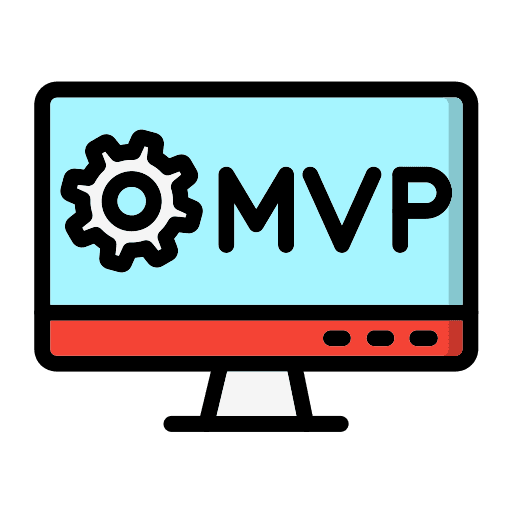
| WEEK | DESIGN | DEVELOPMENT |
| 0 | Kickoff meeting to align on essential features for MVP in 16 weeks | |
| 1 |
Initial UI/UX + User Feedback: – Recruit users for usability testing – Produce mid-fi designs – Conduct user testing with designs |
Plan Front and Backend: – API Specification – API Controller List – API Service – Database Schema |
| 2 |
Complete UI/UX: 1. Iterate designs based on user feedback 2. Begin hi-fi designs |
Development Sprint Planning (weekly cycles): (Start of Sprint) 1. Plan work for the coming week 2. Work on, test, and write automated tests for features 3. Submit pull requests for code, UI/UX, and functionality review 4. Update request if changes / improvements required 5. Merge feature and move to next item (End of Sprint) 1. Demo to you and share the link to install / test 2. Plan work for the coming week 3. Repeat steps 2–6 Note: Receive designs + code review in Week 5 |
| 3 | ||
| 4 | ||
| 5 | Handoff designs to developers | |
| 6 | ||
| 7 | ||
| 8 | ||
| 9 | ||
| 10 |
Development Sprint Planning + QA Testing (weekly cycles): – Thorough QA testing – Security audit – Automated testing | |
| 11 | ||
| 12 | Launch + support / bug fixing | |
| 13 | App + documentation ready for handover to you or your team | |
Estimate Your Custom Mobile Marketplace’s ROI
You can’t predict how much revenue your app will create with 100% certainty.
However, if you know your business numbers, our calculator can help estimate how much you make and save through the app and what ROI you can expect to get per year.
📊 Mobile Marketplace ROI Estimator
Answer a few quick questions to estimate potential ROI for your mobile marketplace app.
In case it shows a 5000% ROI, don’t get too excited–our estimator doesn’t (and cannot) factor in important figures like app maintenance costs.
Still, a 5000% return in the first year isn’t bad, so reach out for a consultation 🙂
If you have a custom software project in mind and need help estimating ROI, get in touch with us and we’d be happy to help! Also, consider joining our mailing list for a one-stop resource on everything from SaaS validation to execution and promotion. Get a nifty list of questions to ask app developers when you sign up!
App Developer Interview Questions Template
Download this template now so you know exactly what to ask App Development Agencies! Let us know where should we send it through the form below.


